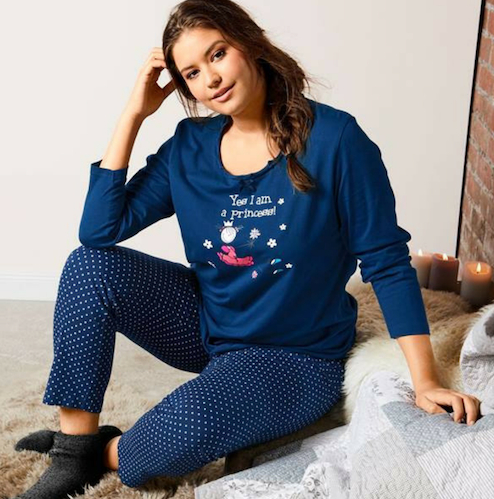On the one hand, the market was less than forthcoming to accommodate
plus size apparels, but on the contrary, plus size clothing market was rising at an alarming pace. The big picture was becoming clearer, as the demand was there, and so were the customers, but retailers were reluctant. In other words, the market was not willing to venture into the uncharted territory. Despite an apparent demand, retailers were unwilling to fill their shelves with plus size apparels. However, by
2016, the market was rising at
17% annually, but clothing retailers had other ideas. With most of their money going into electronics rather than apparels, the $9billion market opportunity had now gone to
$17.5 billion and grew but remained unnoticed. This lead to Dana Drew filing a petition, urging Victoria’s Secret to keep stocks of plus size apparels, the fate of which is yet to be seen. Usually, plus size clothing ranges between
sizes 14 to 34, but these were rarely available at most outlets. Ulla Popken took the initiative and kept persistent with selling plus size clothes. As there were no takers, the company sold fewer clothes than they anticipated. For two years, the company continued suffering losses on plus size apparel stocks.
Their persistence to selling plus size clothes kept unharmed, and despite losses, the company continued selling. They have a comprehensive clothing line with several categories and designs lined up for customers. With
Ulla Popken making huge inroads into the market of plus size apparels, experts are anticipating a revolution in the retail market. With up to
67% of apparel purchasing population being plus size customers, the garment industry is about to witness changing trends and fashion commentary. Thanks to retailers like
Ulla Popken, fashion experts are looking away from traditional skinny fashion trends, rather expecting something that is becoming the future trend in the industry.



















